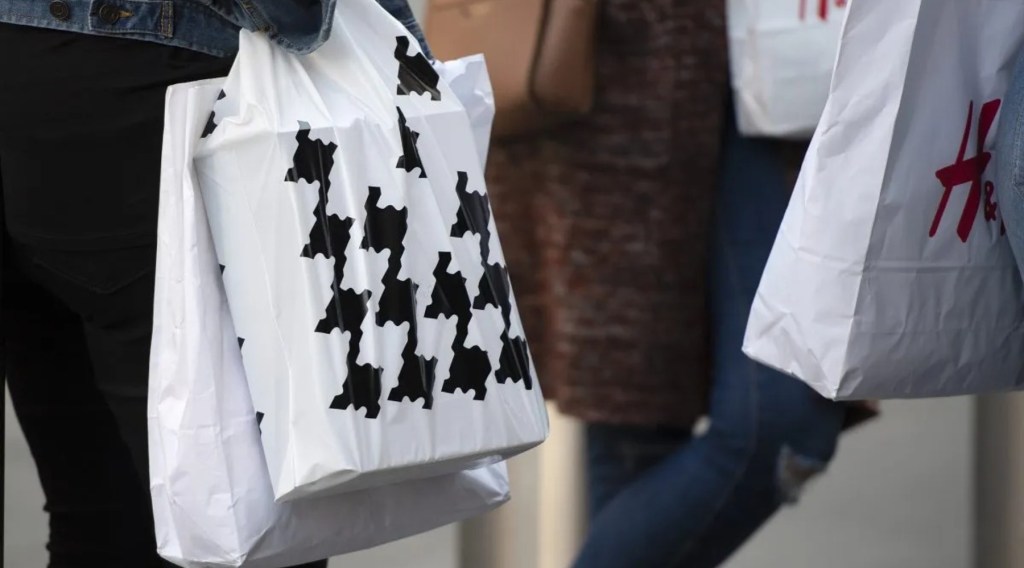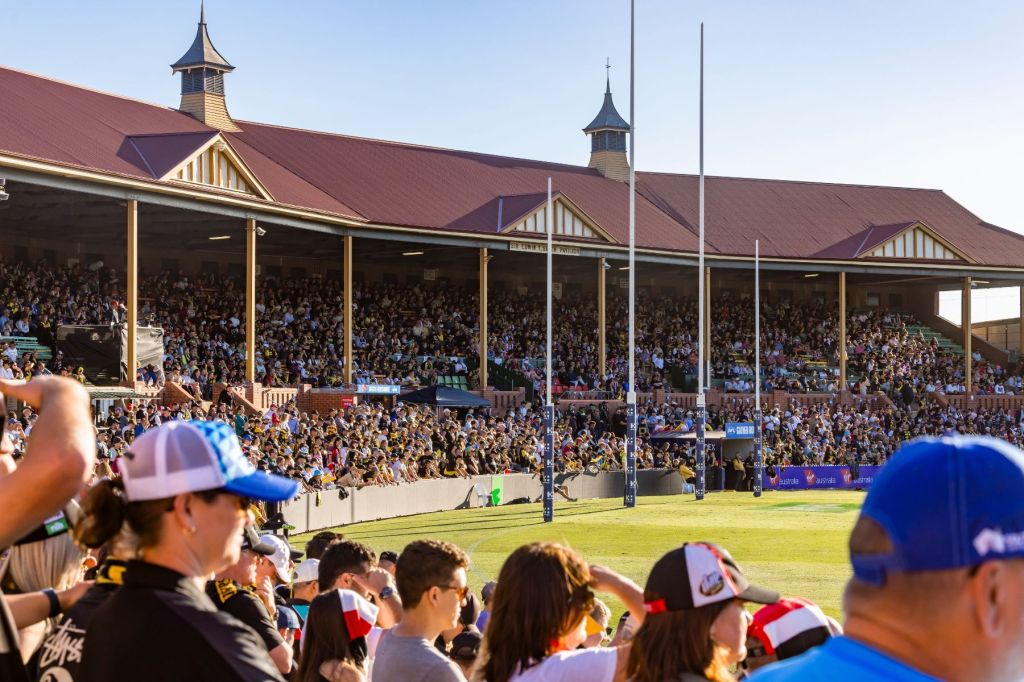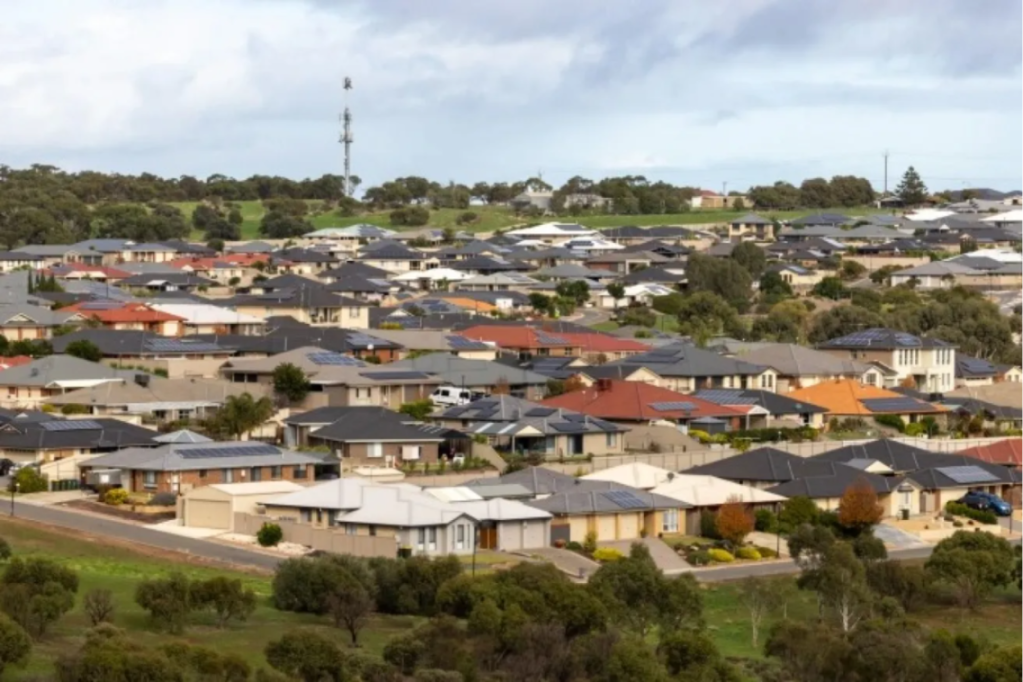‘Retail recession’ arrives as spending drops two quarters in a row
A “retail recession” has hit the nation as consumers pull back on spending in the wake of interest rate hikes and cost-of-living pressures – but South Australia has defied the national trend.

The proclamation is the product of two dips in real retail turnover in Australia, with the March quarter’s 0.6 per cent dip following a 0.3 per cent decline in the four months to 31 December 2022.
Combined with yesterday’s national accounts showing the weakest rise in national gross domestic product (GDP) since the September 2021 COVID-19 lockdowns of just 0.2 per cent, the economic data being thrown our way is certainly cause for concern.
“This retail recession isn’t a surprise,” said Deloitte Access Economics partner and principal author of the firm’s latest Retail Forecasts report David Rumbens.
“High inflation and rising interest rates have eroded the purchasing power of consumers and, in response, consumer sentiment is now at historically pessimistic levels.
“We’re also expecting consumer caution to extend further than just goods, with consumers expected to also pull back on services, which could result in a broader based “consumer recession” later this year.”
Though national retail spending is going backward, in South Australia retail sales performance was positive at 0.5 per cent, just behind the top performer the ACT at 1.8 per cent.
New South Wales and Victoria were in the middle of the pack with smaller declines of 0.5 per cent and 0.3 per cent respectively, while the Northern Territory saw spending dive by 0.9 per cent. Queensland reported the biggest decline of 2.2 per cent over the quarter ending 31 March.
You might like
Deloitte attributes the “retail recession” to consumers pulling back on discretionary spending, with Australians instead prioritising supermarket staples over non-essentials like clothes, liquor, household goods and other items like newspaper subscriptions, audio books and streaming services.
These results are reflected in the national accounts which showed how household consumption slowed as discretionary spending fell below essential spending for the first time since the Delta-variant lockdowns in 2021.
At just 0.2 per cent, the micro-rise in household spending saw Australians shift their priorities to essentials – a category that received a 1.1 per cent boost in the latest quarter thanks to cost-of-living pressures exhausting residual post-lockdown demand for non-essentials.
“However, it’s not expected to be a uniform picture across the retail landscape,” Deloitte’s Rumbens said.
“Over the past six months food sales in real terms have continued to grow by a healthy 1.7 per cent. Non-food retail on the other hand has been in the dog house, with sales volumes falling by 3.7 per cent.
“We’re also seeing consumer bases react differently to the economic environment. Younger people have been disproportionately impacted by the higher cost of living, particularly via rents, and so are curbing spending more than older Australians.”
A consequence of this is a slowdown in spending on household goods – a category that enjoyed the limelight during the COVID-19 pandemic – as many young people choose to live in share houses and therefore spend less on furniture.
During the quarter, spending at the supermarket grew modestly by 0.3 per cent, which Deloitte said reflected consumers diverting spending to the benefit of Coles, Woolies and their independent competitors.
Stay informed, daily
The consultancy firm noted that supermarkets – though beneficiaries of the tight economic conditions – were having to manage the challenge of prices which increased by 1.1 per cent in the March quarter and 6.9 per cent in the past year.
“With such price increases, the insulation afforded to supermarkets by its defensive nature from a tightening household budget may be tested,” Deloitte said.
“Rising prices are likely making consumers more diligent about what ends up in the trash.”
Deloitte referred to Finder’s Cost of Living Report 2023 which found that 35 per cent of consumers are cutting back on the purchase of meat and seafoods, and 16 per cent were spending less on fruit and vegetables.
Other segments that saw positive growth in the quarter included cafés, restaurants and takeaway (by 1 per cent), apparel (by 0.2 per cent) and department stores (by a “resilient” 1.5 per cent).
Though Deloitte predicts the next quarter of retail spending to shrink too, it was bullish on the idea that “the worst period for retailers may soon be over”.
The consultancy believes that an influx of migrants will tip the scales in the right direction, and also has high hopes for the return of international students.
“There’s also some good news for retailers, with expectations of future migration being upgraded to 400,000 in 2022-23 and an expected 315,000 in 2023-24,” Rumbens said.
“The further return of migrants, and especially students coming back for Semester 2, could be the boost needed to get retail sales back to overall growth later in 2023.
“This return to growth would be spurred by more people and also open wallets. As inflation continues to track down there is expected to be a point in 2023 where real wage growth becomes positive again.”
A boost to the population would also be welcomed by South Australian businesses if Business SA’s latest quarterly report is anything to go by. That report found the majority, or 60.6 per cent, of respondents would see population growth as beneficial to their business.
In any case, as the RBA raised interest rates earlier this week, the risk persists that spending will remain depressed.
“One risk that remains is continuing interest rate rises from an inflation-fighting RBA,” the report said.
“The retail recession to date confirms that households are feeling the pinch – whether it be mortgage holders or renters – and households are slowing their spending as a result.
“Additional rate rises through 2023 would just tighten the screws on consumers that little bit further.”








